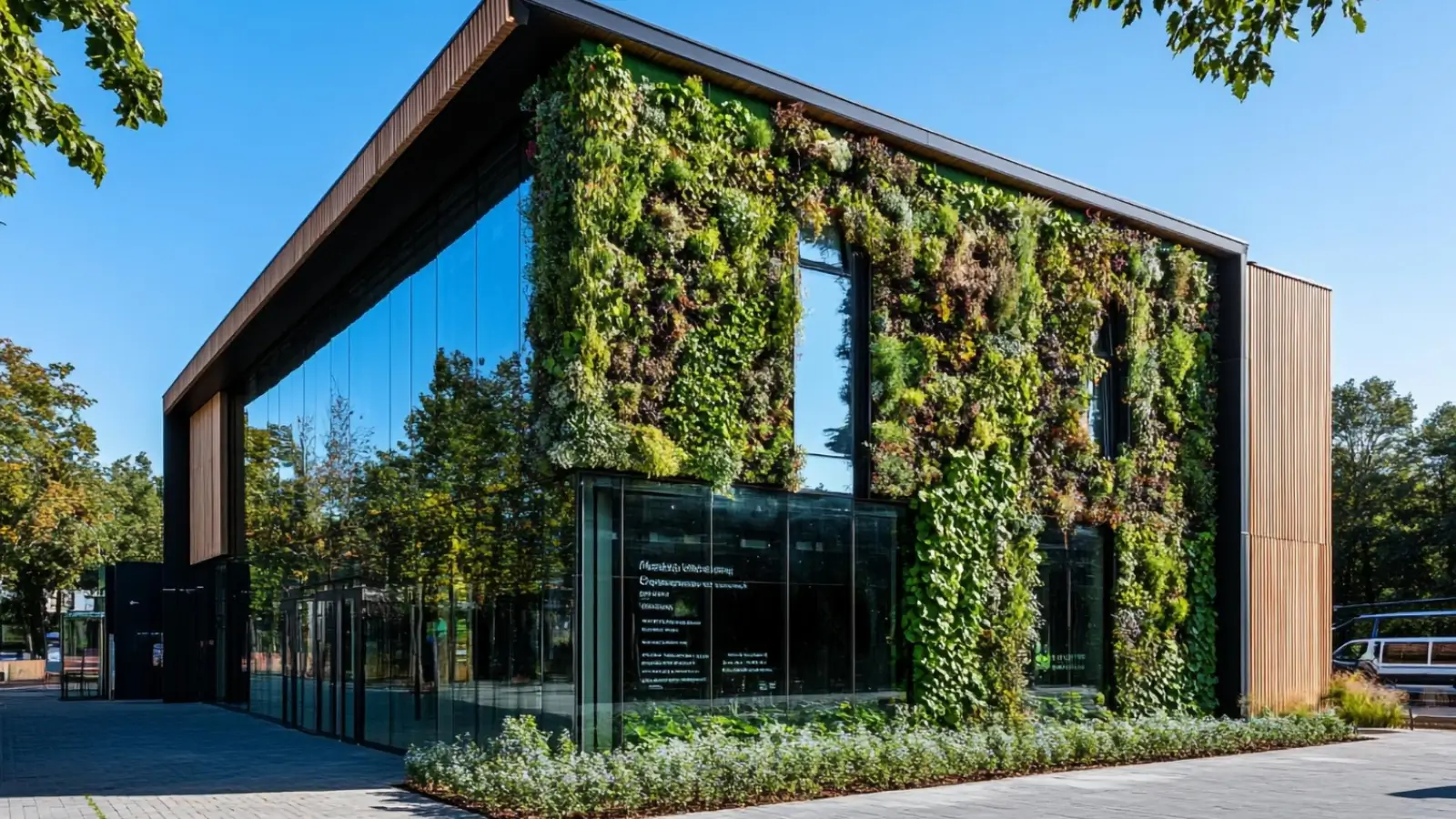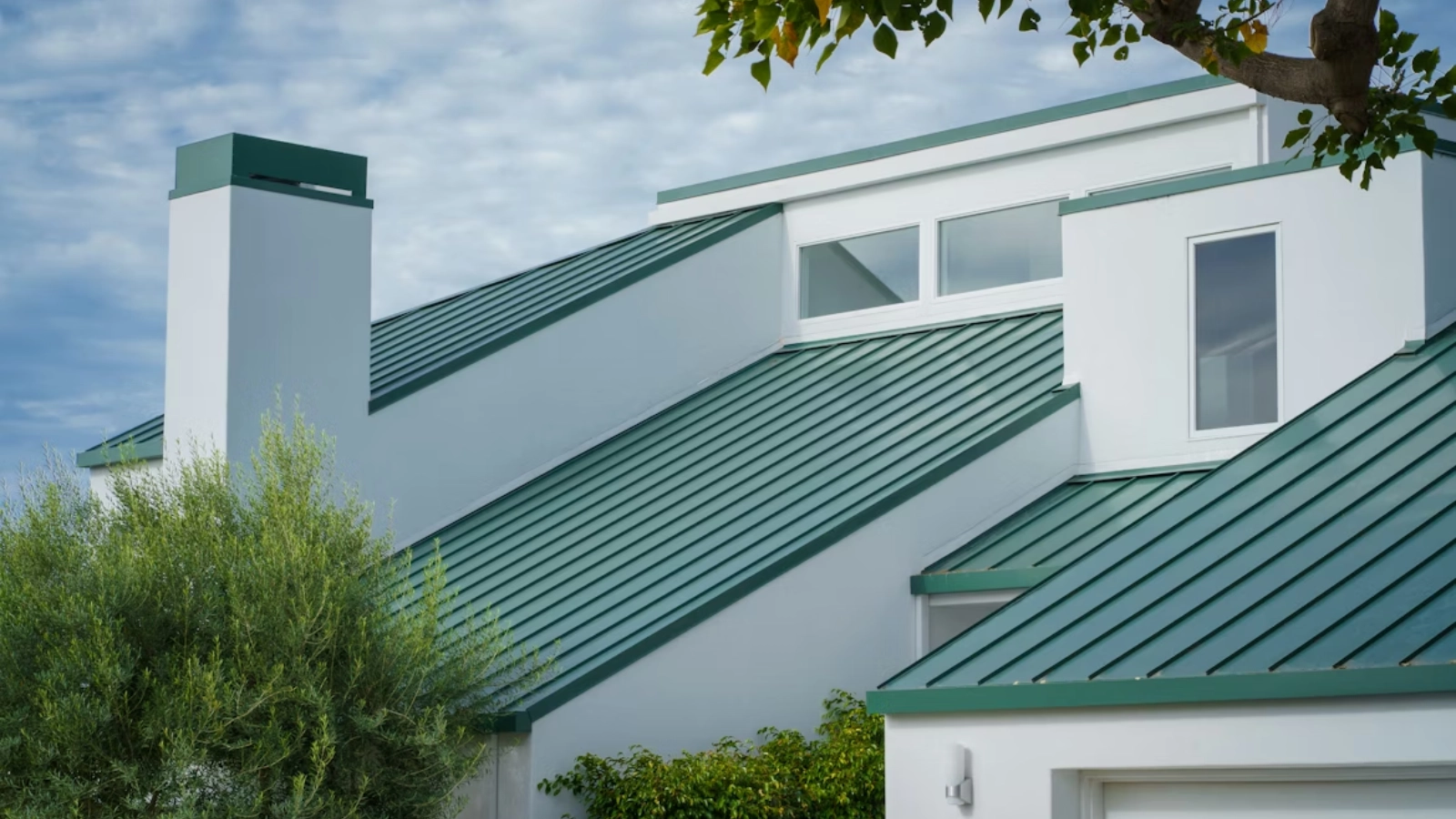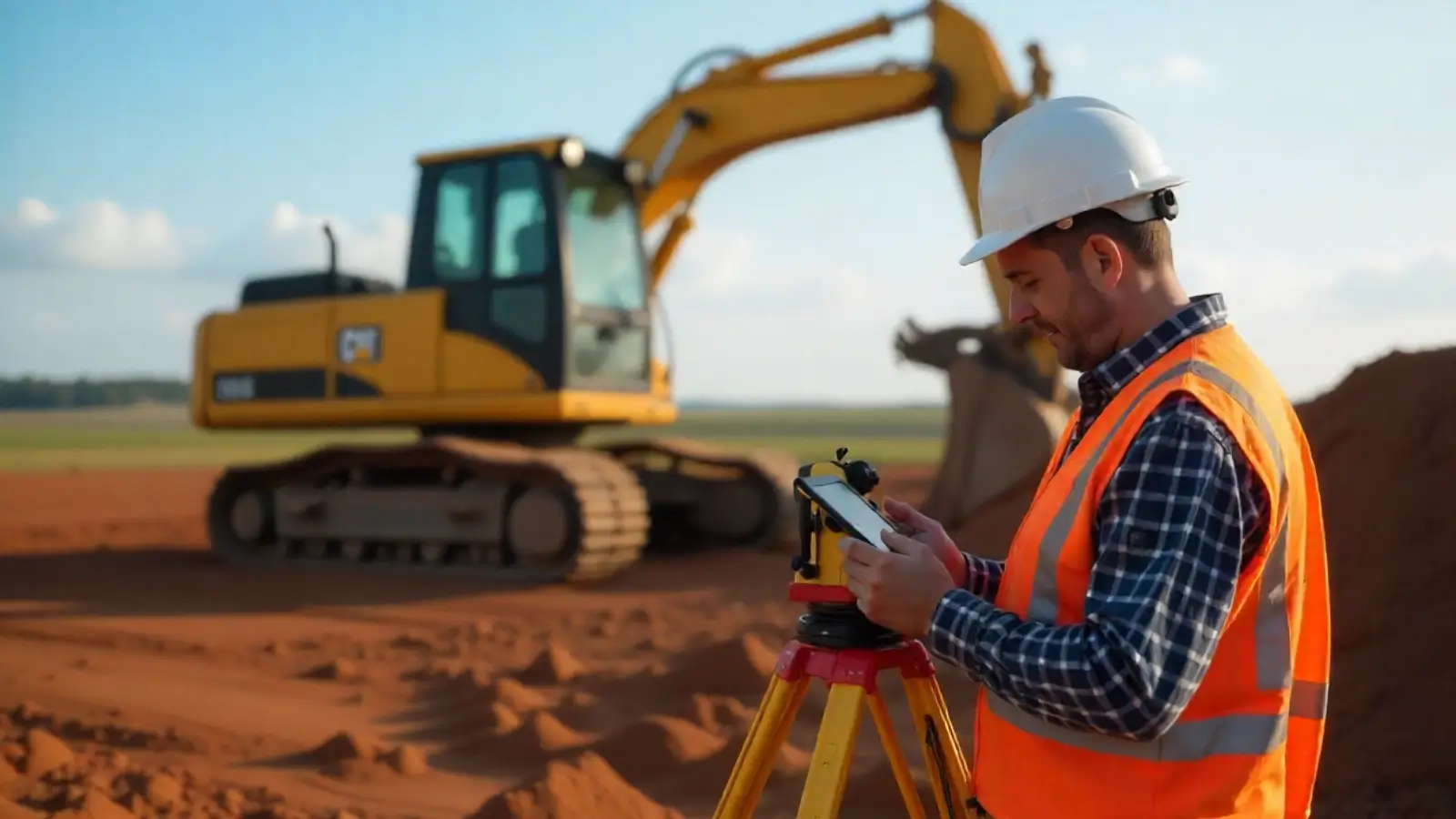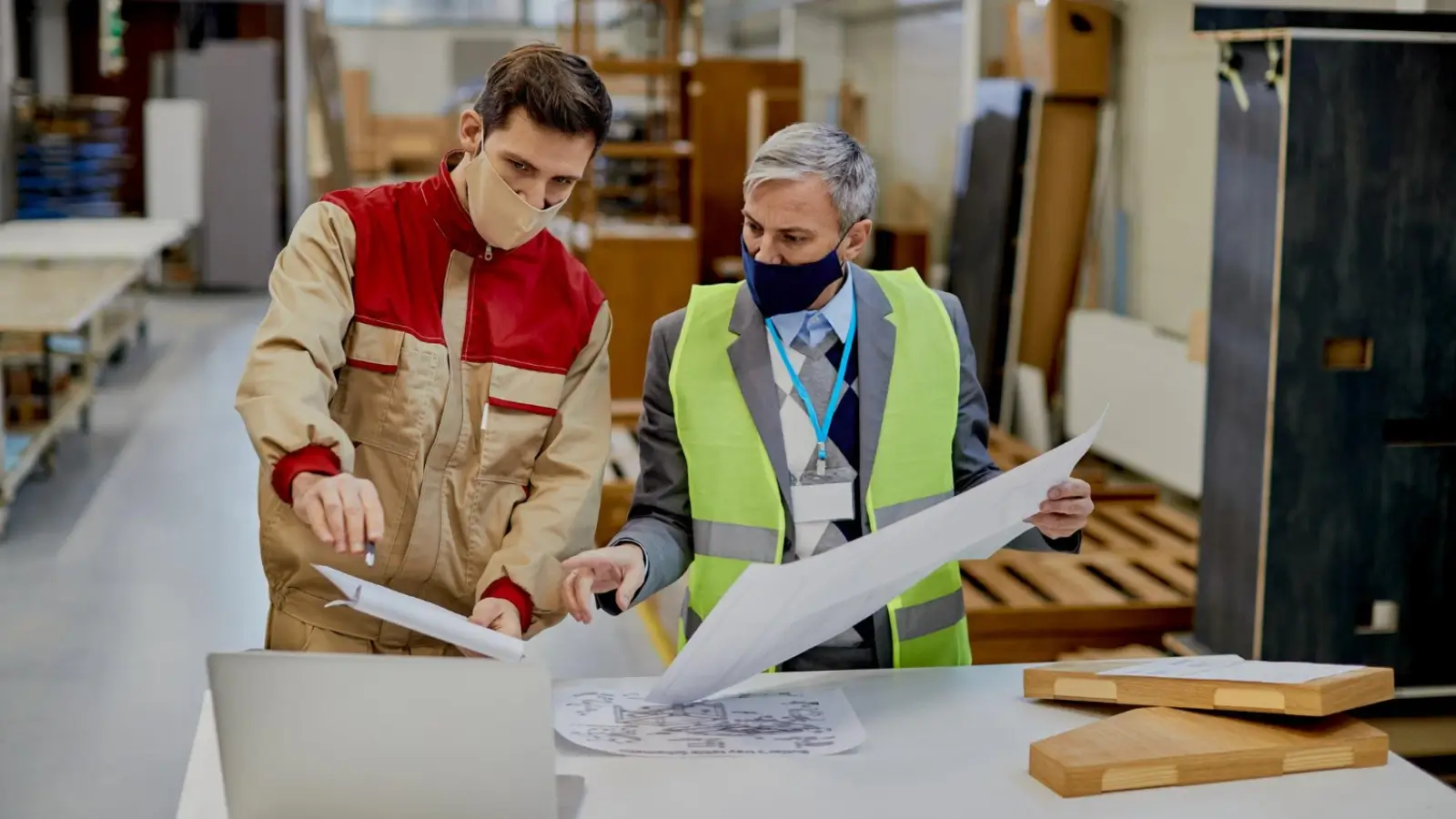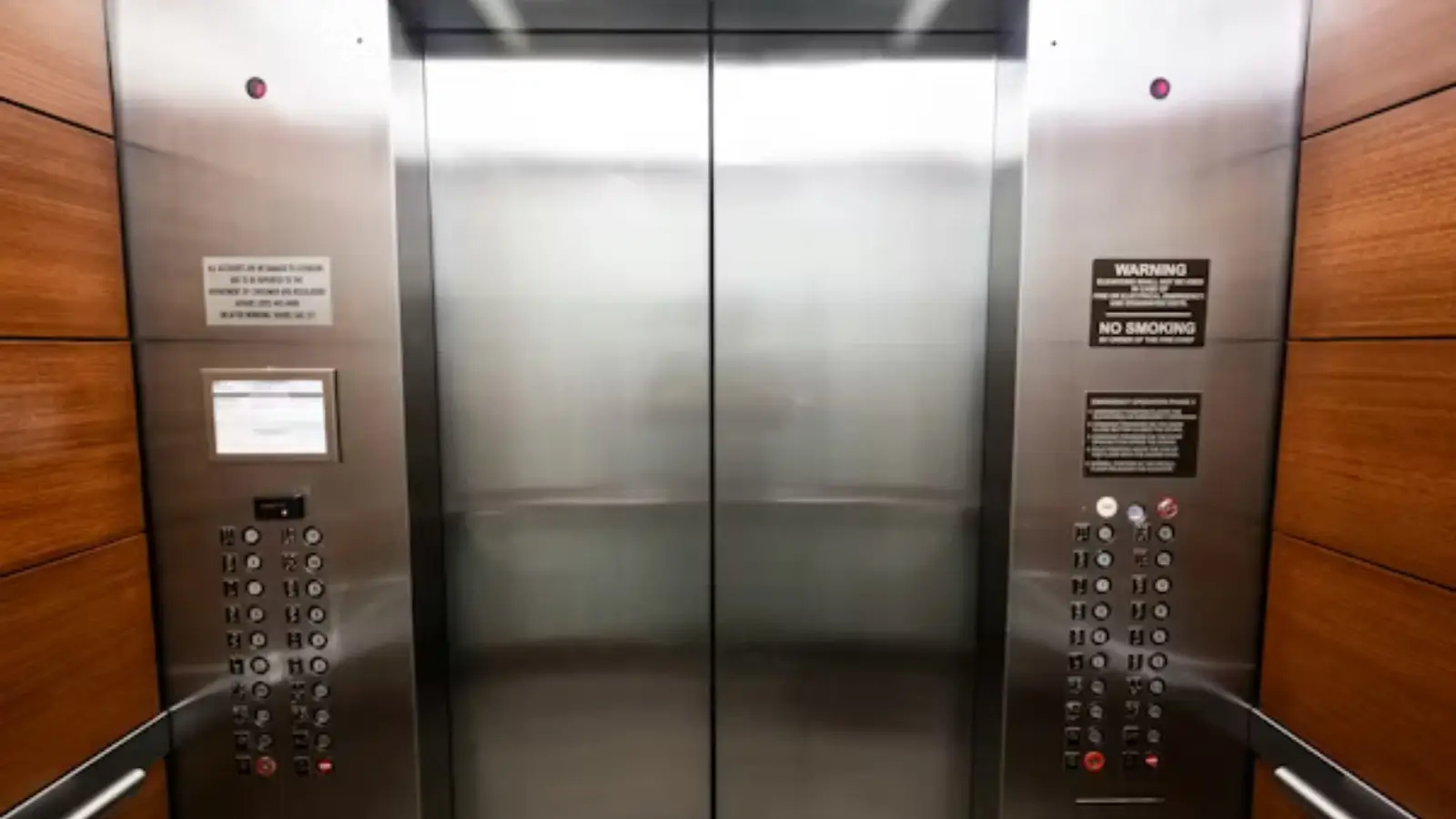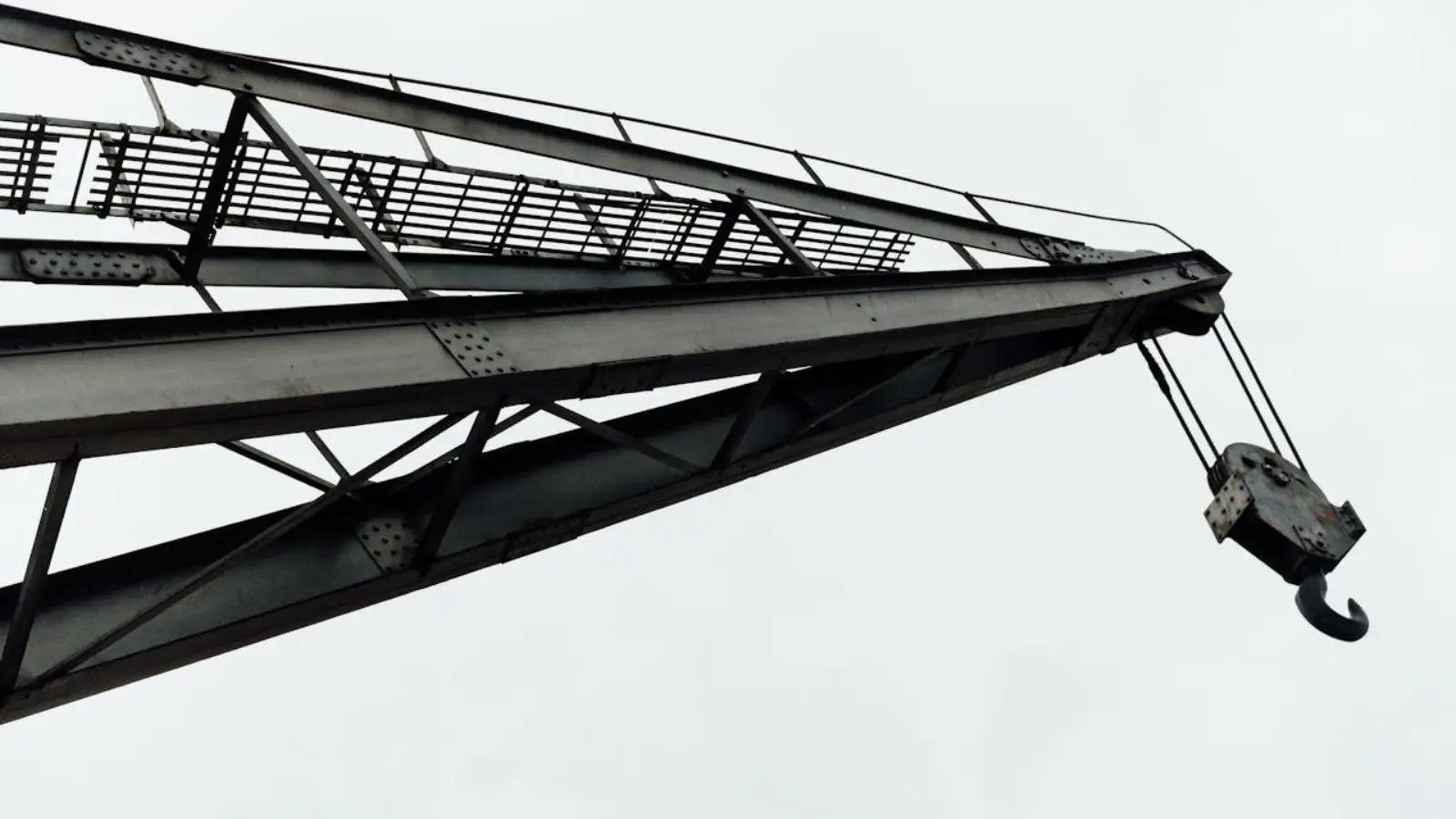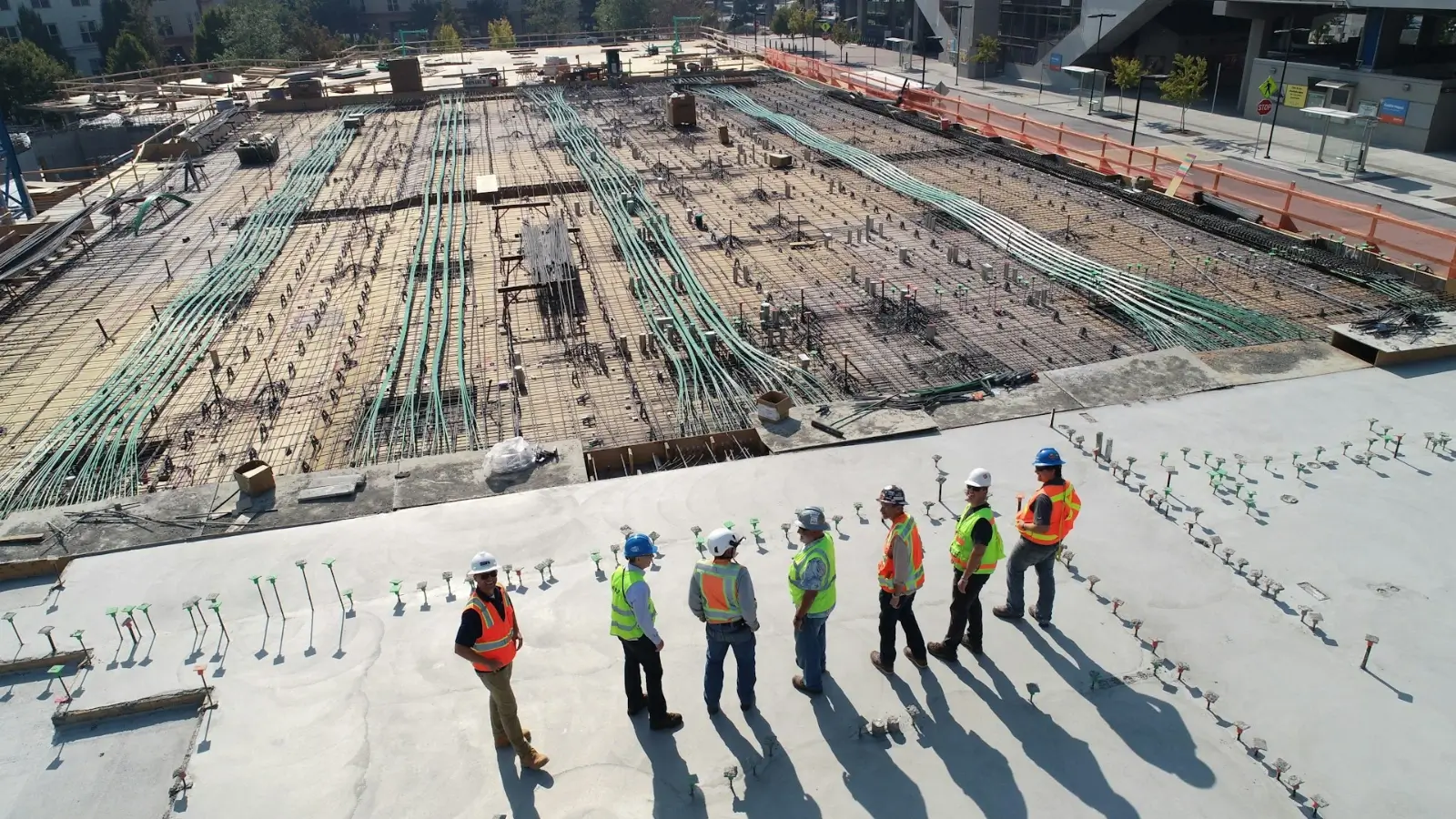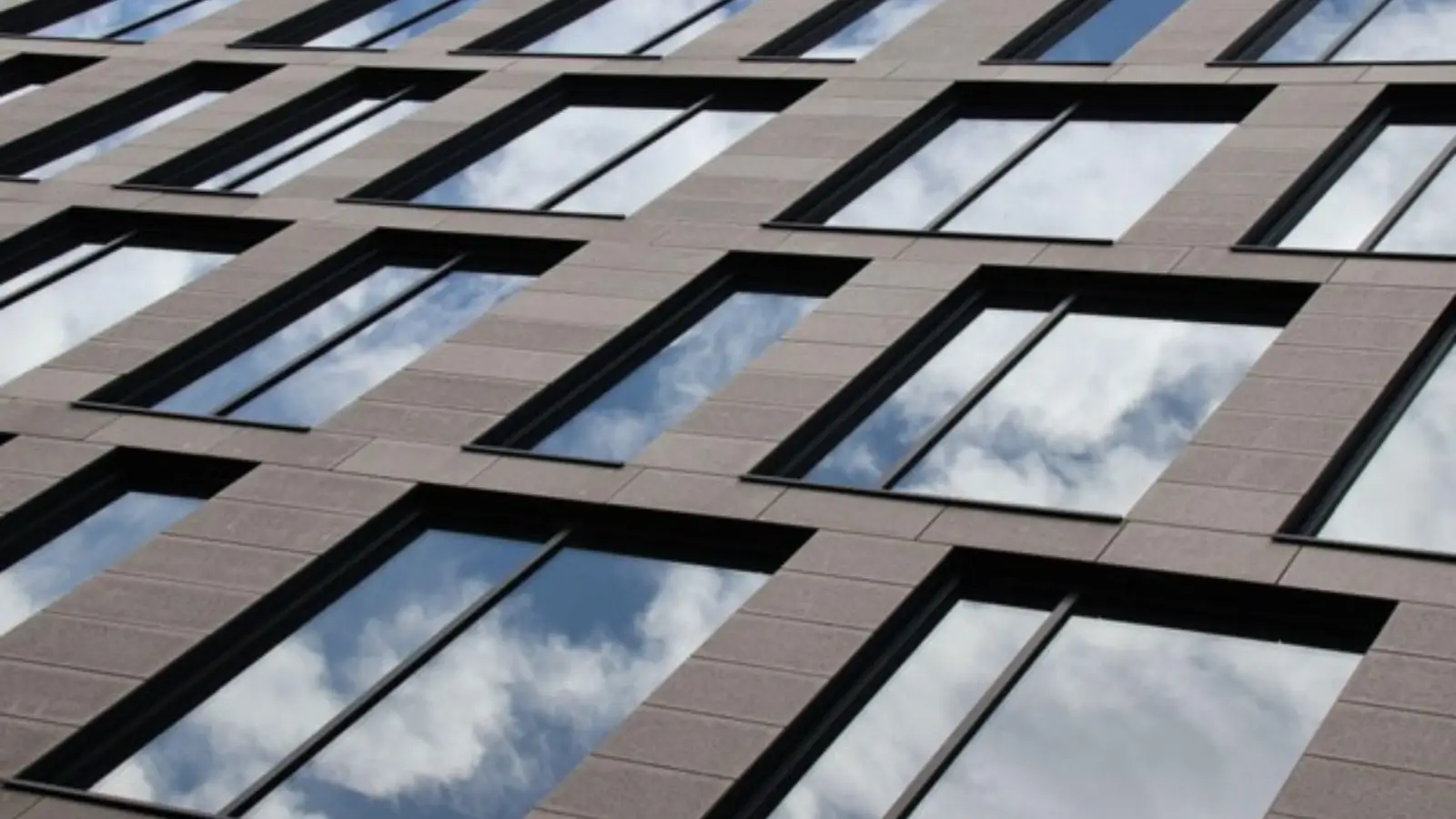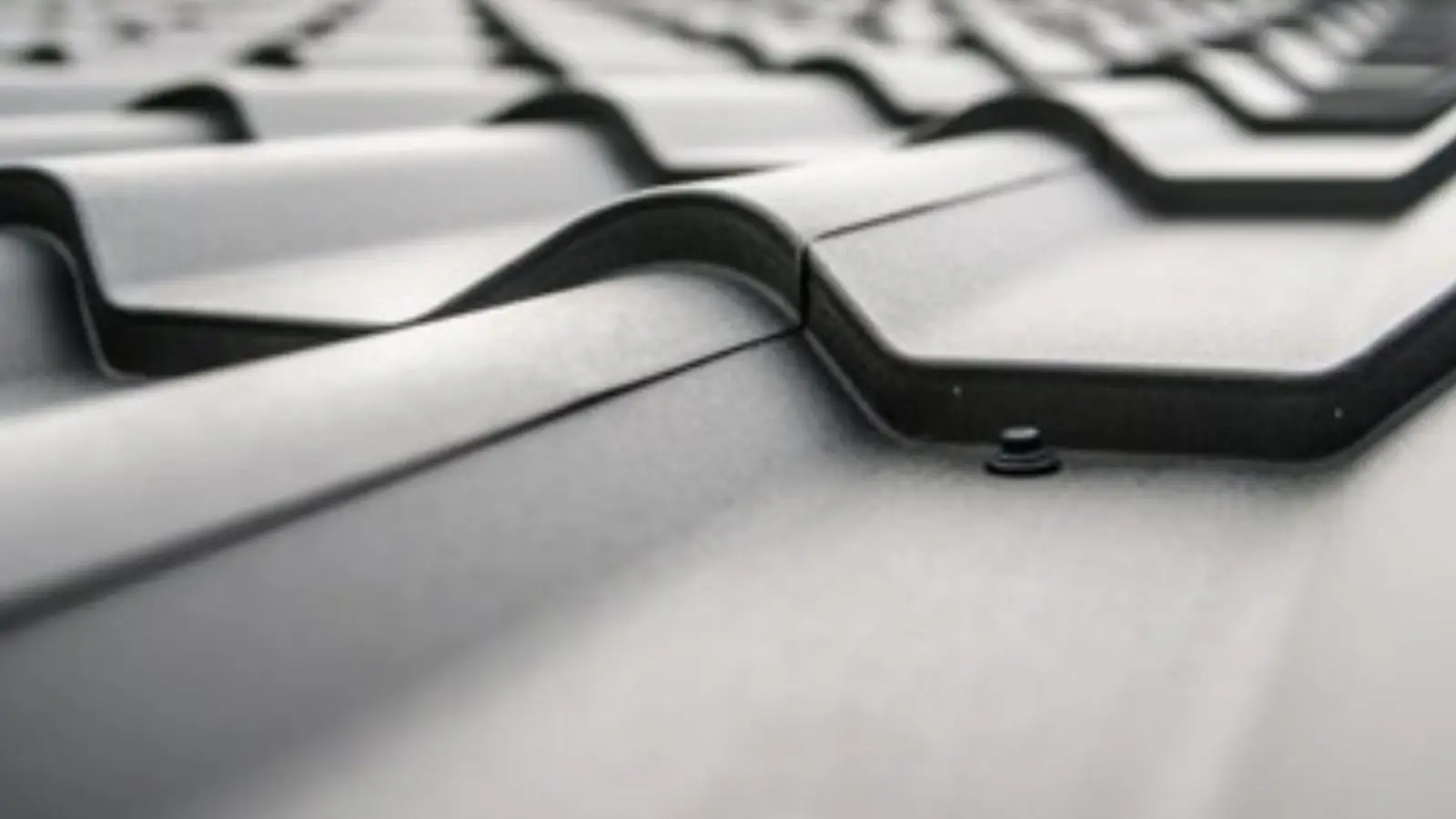Introduction to Sustainable Building
The concept of sustainable building encompasses a broad range of eco-friendly practices and materials that aim to minimise the environmental impact of construction and improve energy efficiency. As the construction industry evolves, developers and architects are continuously looking for innovative methods to reduce carbon footprints and promote sustainability. One of the critical aspects of creating eco-friendly buildings is the choice of materials employed in construction.
Understanding Insulated Cladding
Among these materials, insulated cladding has emerged as a frontrunner in the quest for energy efficiency and building sustainability. Insulated cladding involves the application of a composite material, which typically includes layers of insulation sandwiched between protective surfaces, to the exterior of a building. This not only offers thermal protection but also adds aesthetic appeal and structural integrity.
Benefits of Insulated Cladding
Insulated cladding provides numerous benefits that align with the goals of sustainable building. It boosts the thermal performance of a building, leading to decreased energy consumption and reduced heating and cooling costs. Moreover, the added layer of insulation helps prevent thermal bridging - where heat passes through the less insulated areas of a building's walls - further enhancing its energy-saving capabilities.
Insulation and Energy Efficiency
Effective insulation is one of the major components of a well-performing building envelope. By using insulated cladding, a continuous thermal barrier is created around the structure, which effectively manages the indoor climate. This means less strain on heating, ventilation, and air conditioning systems, allowing buildings to achieve optimal performance with lower energy output.
The Role of Cladding in Sustainable Design
The aesthetic versatility of insulated cladding has made it an invaluable tool in the hands of architects striving for sustainability without compromising on design. From an environmental standpoint, cladding can be made from recyclable materials, thus contributing further to the sustainability of the construction process.
Materials Used in Insulated Cladding
The materials used in insulated cladding vary, with options like metal, wood, vinyl, and composite panels available. Advancements in technology have led to the development of high-performance insulation materials that are not only lighter and easier to install but are also environmentally friendly. These materials can often be sourced locally, reducing the environmental impact associated with transportation.
The Importance of Durability and Maintenance
Durability is another critical factor in sustainable building. Materials that are long-lasting require less frequent replacement and, therefore, contribute to waste reduction. Insulated cladding is particularly noted for its durability and low maintenance requirements. This creates a long-term sustainable solution for buildings, as the cladding can withstand extreme weather conditions and resist wear and tear over an extended period.
Installation Efficiency
The installation process of insulated cladding is another area where efficiency can be observed. Many cladding systems are designed for quick and easy assembly, which not only speeds up the construction timeline but also reduces labour costs and the environmental impact of the building process.
Energy Certification and Compliance
In many jurisdictions, building regulations now stipulate strict requirements for energy efficiency. Insulated cladding can be an essential component in ensuring that buildings meet these standards. Products with high R-values – a measure of thermal resistance – ensure that structures are compliant with the necessary certification for energy performance.
Considerations for Selection
When selecting insulated cladding, it is essential to consider factors such as thermal performance, fire resistance, acoustic properties, and the environmental credentials of the material. Manufacturers often provide performance data and certifications that can guide builders and architects in choosing the appropriate product for their specific requirements.
Future and Innovation
The future of insulated cladding is tied closely to continuous innovation in sustainable materials. Research into greener alternatives, such as bio-based insulators or recyclable composites, is contributing to the evolution of cladding that not only protects the building and conserves energy but also does so with minimal environmental impact.
Conclusion
In the push towards more sustainable building practices, insulated cladding stands out as a key player. With its ability to enhance energy efficiency, contribute to structural longevity, and offer design flexibility, it represents a harmonious blend of form and function. The construction sector's increasing commitment to sustainability ensures that the adoption and advancement of technologies such as insulated cladding will remain at the forefront of eco-friendly building initiatives. As awareness of the importance of sustainable development continues to grow, we can expect the role of insulated cladding in green building projects to become ever more prominent.

